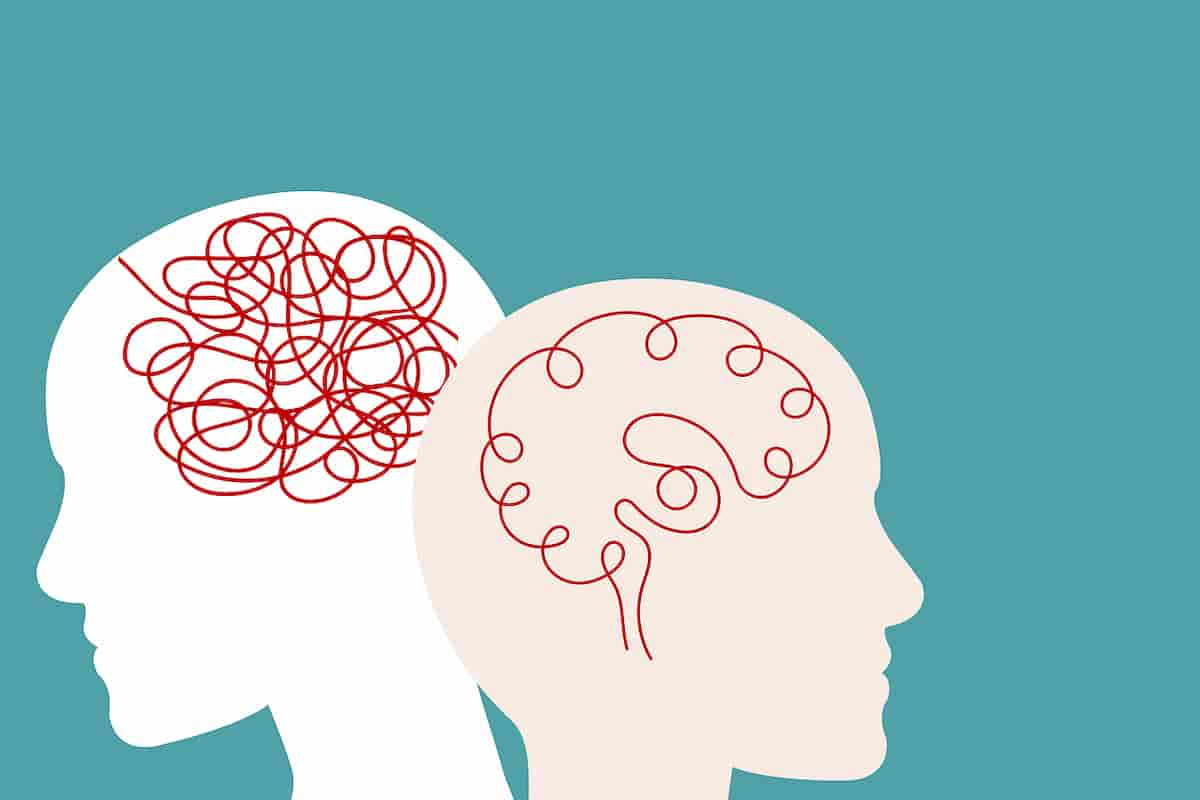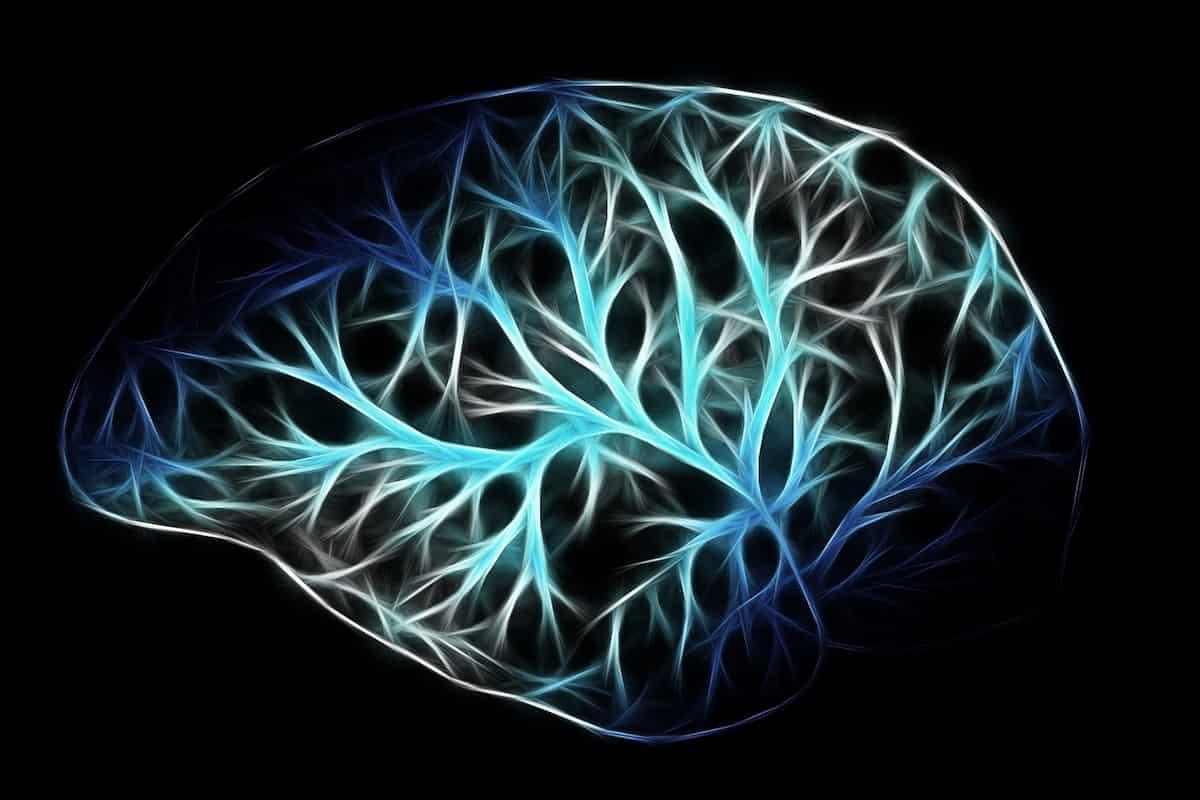This article delves into the fascinating concept of time perception, exploring how humans experience and interpret time.
Introduction to time perception
Time perception refers to the subjective experience of time, influencing how we interpret and respond to the passage of moments.
It is an essential aspect of human cognition, shaping our interactions with the world and underpinning countless activities in daily life.
This dynamic and multifaceted process involves a complex interplay between sensory inputs, memory, and cognitive processing.
In this article, we aim to unravel the intricacies of time perception, examining the factors that shape it and exploring its implications across various domains.
Definition and significance
Time perception is not an innate ability but a complex construct formed through neural, psychological, and environmental processes.
Understanding time perception helps explain phenomena such as how we estimate durations, anticipate future events, or recall past experiences.
It also sheds light on how humans adapt to the ever-changing temporal structure of the environment.
By studying time perception, researchers gain insights into both the universality and variability of human experience.
Factors influencing time perception
Numerous factors influence our perception of time, making it highly variable and context-dependent.
These factors interact in complex ways, contributing to the subjective nature of time experience.
Psychological factors
- Attention: Increased focus can make time feel slower or faster, depending on the task.
- Emotion: Emotional intensity, such as excitement or fear, often distorts time perception.
- Memory: Our ability to recall events influences how we perceive their duration.
Psychological states, such as stress or relaxation, also play a significant role in shaping time perception.
For instance, individuals under stress often report time moving more slowly due to heightened awareness and anticipation.
Physiological factors
- Age: Younger individuals often perceive time differently than older adults.
- Body rhythms: Circadian and ultradian rhythms can influence time estimates.
- Metabolic rate: Faster metabolisms may correlate with altered time perception.
Physiological conditions, such as fatigue or illness, further modulate how we experience time.
For example, individuals suffering from sleep deprivation often report time seeming to drag or stretch unnaturally.
Environmental factors
- Surroundings: Stimulus density and changes in environment can affect perceived duration.
- Temperature: Extremes in temperature may alter how time is experienced.
- Social interactions: The presence or absence of social cues influences time estimation.
Environmental variability, such as changes in lighting or sound, can also significantly distort our sense of time.
For instance, monotonous environments tend to elongate perceived time, while dynamic and engaging settings can make it seem shorter.
Neuroscience and evolutionary perspectives
The brain plays a critical role in how we perceive time, and evolutionary functions add an additional layer of understanding.
By examining neural mechanisms and evolutionary adaptations, we can uncover the foundations of this vital cognitive ability.
Brain mechanisms
- Cerebellum: Regulates motor timing and coordination.
- Basal ganglia: Involved in interval timing and rhythm perception.
- Prefrontal cortex: Governs higher-level temporal judgments.
- Hippocampus: Plays a role in temporal memory and sequence processing.
Advanced imaging techniques, such as functional MRI and EEG, have revealed the intricate networks involved in time perception.
These findings highlight the distributed nature of temporal processing across various brain regions.
Evolutionary functions
Time perception has evolved to support survival by enabling prediction, planning, and adaptation to environmental changes.
Comparative studies reveal that animals, like humans, possess time-sensing abilities critical for foraging, mating, and avoiding predators.
In evolutionary terms, the ability to anticipate future events and learn from past experiences has offered significant adaptive advantages.
Temporal illusions and distortions
Temporal illusions reveal how subjective our experience of time truly is, often diverging significantly from objective measurements.
These phenomena underscore the malleability of time perception and offer insights into its underlying mechanisms.
Common temporal illusions
- Kappa effect: Overestimation of time intervals between spatially separated stimuli.
- Oddball effect: Unique events seem longer due to heightened attention.
- Telescoping effect: Recent events feel more distant, while distant events feel closer.
Additional illusions, such as the chronostasis effect, where the first moment of focus appears extended, further illustrate the subjective nature of time.
These distortions often arise from the brain’s attempts to make sense of temporal information in complex environments.
Time perception across the lifespan
Time perception changes throughout life, influenced by developmental and physiological factors.
Understanding these changes provides valuable insights into the dynamic nature of time experience.
Developmental changes
- Children: Tend to overestimate durations due to immature cognitive systems.
- Adolescents: Experience a relative acceleration of time.
Children often perceive time as moving more slowly because their experiences are densely packed with novel events.
Adolescents, with their increasing familiarity with the world, start to experience a gradual speeding up of perceived time.
Aging effects
- Older adults: Often report that time feels like it is passing more quickly.
- Neurological changes: Deterioration in the brain’s time-keeping mechanisms contributes to this effect.
For older adults, routine and predictability may reduce the perceived density of experiences, accelerating the subjective flow of time.
Research also suggests that age-related changes in dopamine levels affect the brain’s ability to process temporal intervals.
Impact of technology and altered states
Modern technology and altered states of consciousness significantly influence how time is perceived.
These influences reflect both societal trends and individual experiences.
Digital media and virtual reality
- Screen time: Extensive use of devices often leads to time distortion.
- Virtual reality: Immersion in VR environments can disrupt normal time perception.
- Social media: The endless scroll of content alters the brain’s time tracking mechanisms.
Digital environments often manipulate our perception of time by providing continuous and engaging stimuli.
This phenomenon is particularly evident in video games, where immersive gameplay can make hours feel like minutes.
Altered states of consciousness
- Psychoactive substances: Many drugs alter the brain’s time-keeping mechanisms.
- Meditation: Mindfulness practices can either slow or accelerate perceived time.
- Dream states: Time in dreams often feels non-linear and fragmented.
Altered states highlight the brain’s flexibility in constructing temporal experiences, offering valuable insights for researchers.
Time perception in neurological disorders
Disorders of the brain often result in significant disruptions to time perception.
Understanding these disruptions can inform both diagnosis and treatment strategies.
Clinical implications
- Parkinson’s disease: Patients may struggle with interval timing.
- Schizophrenia: Often associated with distortions in temporal order and duration judgments.
- ADHD: Impaired time management and over- or underestimation of durations are common.
These conditions demonstrate how integral time perception is to functional cognition and daily life.
Case studies
Examining individuals with neurological impairments provides valuable insights into the mechanisms underpinning time perception.
For example, patients with damage to the cerebellum often struggle with tasks requiring precise timing, such as speech or music coordination.
Methodologies for studying time perception
Researchers employ various techniques to explore how humans perceive time.
These methodologies range from behavioural experiments to advanced imaging technologies.
Experimental paradigms
- Duration reproduction tasks: Participants replicate a given time interval.
- Interval timing tasks: Estimation of the duration between two events.
- Temporal bisection tasks: Classifying intervals as short or long based on thresholds.
These experiments reveal the subjective nature of time estimation and its sensitivity to various influences.
Measurement techniques
- Brain imaging: Functional MRI and EEG highlight areas involved in timing.
- Behavioural studies: Examine observable responses to temporal tasks.
- Virtual environments: Simulate controlled settings to assess real-time changes in perception.
Combining multiple methodologies provides a comprehensive understanding of how time perception operates.
Applications and implications
Time perception has far-reaching implications, from clinical treatments to everyday life enhancements.
It serves as a critical link between theoretical research and practical applications.
Practical relevance
- Therapeutic interventions: Tailored therapies can address time perception deficits.
- Productivity tools: Applications designed to optimise time management rely on understanding time perception.
- Educational tools: Enhancing learning experiences by aligning with temporal dynamics.
Practical uses of time perception extend into fields such as transportation, where accurate timing systems are essential.
Future directions
Ongoing research aims to deepen our understanding of time perception, particularly in relation to emerging technologies and neurological health.
Insights into time perception will continue to inform diverse fields, including psychology, neuroscience, and artificial intelligence.
Future studies may also explore how artificial systems can replicate or augment human-like temporal processing for enhanced interaction.










